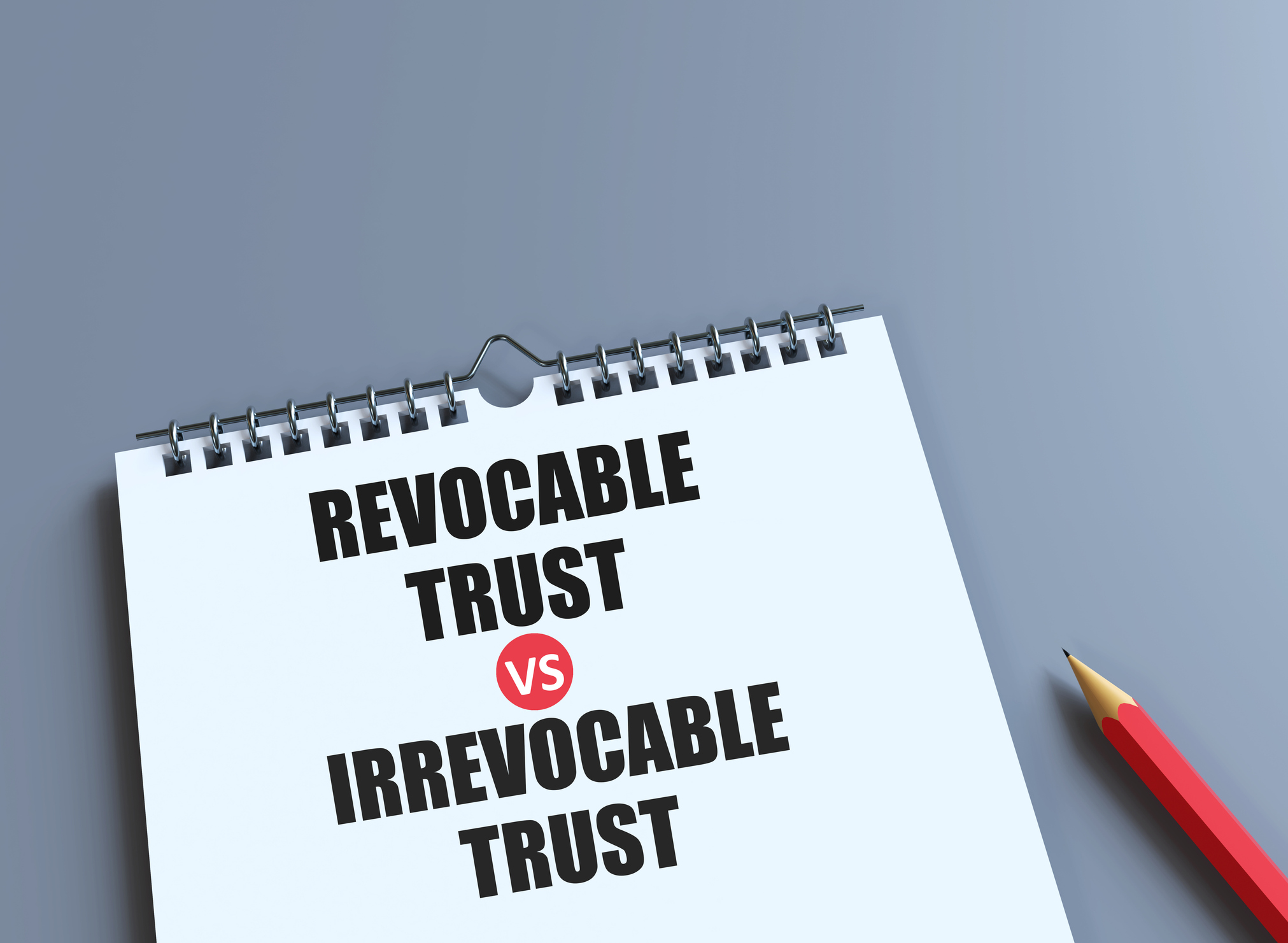I'm a Financial Strategist: This Is the Investment Trap That Keeps Smart Investors on the Sidelines
Forget FOMO. FOGI — Fear of Getting In — is the feeling you need to learn how to manage so you don't miss out on future investment gains.


Most people know the feeling of FOMO: Fear of Missing Out.
It's the adrenaline rush you get watching others jump on the latest investing trend, rack up gains and post their "look what I bought" screenshots.
When your hairstylist or your imperious uncle gives you a hot stock tip, peak FOMO is not far off.
From just $107.88 $24.99 for Kiplinger Personal Finance
Become a smarter, better informed investor. Subscribe from just $107.88 $24.99, plus get up to 4 Special Issues

Sign up for Kiplinger’s Free Newsletters
Profit and prosper with the best of expert advice on investing, taxes, retirement, personal finance and more - straight to your e-mail.
Profit and prosper with the best of expert advice - straight to your e-mail.
But there's another fear. One that's quieter, more insidious and far more dangerous if left unchecked.
FOGI. Fear of Getting In.
The Kiplinger Building Wealth program handpicks financial advisers and business owners from around the world to share retirement, estate planning and tax strategies to preserve and grow your wealth. These experts, who never pay for inclusion on the site, include professional wealth managers, fiduciary financial planners, CPAs and lawyers. Most of them have certifications including CFP®, ChFC®, IAR, AIF®, CDFA® and more, and their stellar records can be checked through the SEC or FINRA.
You might not know the acronym, but you've almost certainly felt it. FOGI is that creeping hesitation that shows up after the market has already moved.
It's what keeps you on the sidelines while others are dancing. It convinces you that by the time you're ready to act, it's already too late.
FOGI sounds cautious and reasonable on the surface. But under the hood, it's often just another emotional reaction disguised as wisdom.
FOMO vs FOGI: The tug-of-war
FOMO shouts, "Get in now or regret it forever!" FOGI whispers, "This is a trap. Don't be the sucker who buys the top."
FOMO is greedy. FOGI is anxious.
When we feel both at the same time, we become paralyzed, watching from the sidelines, trying to predict the exact moment when risk disappears and clarity shows up with a bow on top.
Here's the truth: Clarity often comes only in hindsight.
The real cost of FOGI
FOGI is a master of disguise. It borrows the language of prudence. "I just want to wait for a better entry point," you tell yourself. "I need to do more research. Let's see how this plays out first."
But often, what you're really saying is that you're scared of being wrong. You remember the last time you got in too late. You figure that if you do nothing, at least you won't lose anything.
Unfortunately, doing nothing is still a decision, and it has a cost. Sometimes that cost is a missed upside. Other times, it's the slow erosion of confidence, clarity or progress.
What makes FOGI so dangerous?
Unlike FOMO, which tends to burn fast and loud, FOGI lingers. It's the chronic condition of cautious investors, especially those who've been burned before.
There's good reason for that. Just look at some of the scars.
In the early 2000s, the dot-com crash left a generation of investors shell-shocked around tech. Even when solid, profitable companies emerged, such as Amazon (AMZN), Google (GOOGL), Netflix (NFLX), many investors stayed sidelined, too wary to trust again.
Then came 2008. The housing bubble burst, and it wasn't just homeowners who got hit — investors watched portfolios evaporate. The fear that followed didn't just keep people out during the decline, but also during the recovery.
These events left emotional fingerprints, and FOGI feeds on those memories. It convinces you that every rally is suspicious, that optimism is a setup, that if you feel late, you probably are.
In this mindset, every rally feels suspicious. Every pullback feels like confirmation that staying out was the smart move.
What do you do?
Build a system that makes room for fear without letting it drive.
Replace emotion with process. If you have rules or principles guiding your investing, you're not at the mercy of mood swings. Process beats paralysis.
Let go of the perfect-timing fantasy. Trying to get in at the bottom or out at the top is a fool's errand. You don't need precision to succeed. You need consistency.
Zoom out. If your goals are long term, why are you letting short-term events drive your decisions?
Ask better questions. Instead of asking yourself, "Is now the right time to get in?" try asking, "Will this decision still make sense to me one year from now? How about five years from now? Am I investing out of fear or purpose?"
Taking the wheel
I learned this lesson in 2012 with Apple (APPL). The iPhone revolution was well underway, and the company's stock price had already quadrupled from about $5 (split-adjusted) to $22.
FOGI was screaming at me. "You've missed it!" my cautious side would argue. "It's already had its run. Don't be the sucker buying after everyone else got rich."
Looking for expert tips to grow and preserve your wealth? Sign up for Building Wealth, our free, twice-weekly newsletter.
But I had a process. I'd done my research. I believed the smartphone revolution was just getting started, not ending. Instead of waiting for a pullback that might never come, I bought in, despite feeling like I was late to the party.
It felt uncomfortable at the time. It always does when you're fighting FOGI. But looking back, that discomfort was the price of admission to one of the best investment decisions I ever made.
The stock didn't just continue climbing, it split multiple times from there. More important, I learned that sometimes the best opportunities look like trains you've already missed.
If FOMO is the gas pedal, FOGI is the brake. But the goal isn't to slam on one or the other, it's about learning to drive. You must take the wheel.
The road ahead will always be uncertain. There will always be reasons to wait, to hesitate, to demand more clarity before you act. But clarity doesn't come from waiting. It comes from acting with intention, reflecting, adjusting and moving forward — slowly, maybe; imperfectly, definitely — but forward.
Don't let either fear stall your future. The biggest risk isn't getting in at the wrong time: It's never getting in at all.
As always, invest often and wisely. Thank you for reading.
This article is for informational purposes only. It is not intended to be, nor should it be construed as, legal, tax, investment, financial or other advice.
Related Content
- Keep Your Feelings Out of Your Finances: Here's How
- We're Only Human, Which Can Be a Problem for Investors
- In Retirement Planning, Consider the Entire Journey
- Four Signs It's Time to Sell a Stock
- Four Steps to Secure Your Retirement Income
Profit and prosper with the best of Kiplinger's advice on investing, taxes, retirement, personal finance and much more. Delivered daily. Enter your email in the box and click Sign Me Up.

Cosmo P. DeStefano is a retired CPA and tax partner who spent over three decades with one of the largest professional services firms in the world, PricewaterhouseCoopers. He has consulted with clients big and small, public and private, across a wide variety of industries, helping them solve intricately complex business and financial issues. Cosmo is also an award-winning author. His book “Wealth Your Way: A Simple Path To Financial Freedom” has garnered numerous accolades.
-
 Stocks Extend Losing Streak After Fed Minutes: Stock Market Today
Stocks Extend Losing Streak After Fed Minutes: Stock Market TodayThe Santa Claus Rally is officially at risk after the S&P 500's third straight loss.
-
 What Bilt Cardholders Need to Know as Wells Fargo Exits the Program
What Bilt Cardholders Need to Know as Wells Fargo Exits the ProgramA major shake-up in the Bilt Rewards program could affect your credit card, rent rewards and points strategy heading into 2026.
-
 3 Major Changes to the Charitable Deduction in 2026
3 Major Changes to the Charitable Deduction in 2026Tax Breaks About 144 million Americans might qualify for the 2026 universal charity deduction, while high earners face new IRS limits. Here's what to know.
-
 Stocks Extend Losing Streak After Fed Minutes: Stock Market Today
Stocks Extend Losing Streak After Fed Minutes: Stock Market TodayThe Santa Claus Rally is officially at risk after the S&P 500's third straight loss.
-
 Where to Stash Cash as Yields Fall, According to Advisers
Where to Stash Cash as Yields Fall, According to AdvisersYour best options depend on how soon you'll need the money and your tolerance for risk.
-
 Control vs Protection Quiz: Which Trust Do You Need?
Control vs Protection Quiz: Which Trust Do You Need?Quiz Take this simple quiz to discover whether a revocable or irrevocable trust should be the cornerstone of your estate plan.
-
 Best Mutual Funds to Invest In for 2026
Best Mutual Funds to Invest In for 2026The best mutual funds will capitalize on new trends expected to emerge in the new year, all while offering low costs and solid management.
-
 If You'd Put $1,000 Into 3M Stock 20 Years Ago, Here's What You'd Have Today
If You'd Put $1,000 Into 3M Stock 20 Years Ago, Here's What You'd Have TodayMMM stock has been a pit of despair for truly long-term shareholders.
-
 I'm a Financial Pro: You Really Can Make New Year's Money Resolutions That Stick (and Just Smile as Quitter's Day Goes By)
I'm a Financial Pro: You Really Can Make New Year's Money Resolutions That Stick (and Just Smile as Quitter's Day Goes By)The secret to keeping your New Year's financial resolutions? Just make your savings and retirement contributions 100% automatic.
-
 As We Age, Embracing Our Own Self-Doubt Can Be a Gift: A Cautionary Tale About Elder Financial Abuse
As We Age, Embracing Our Own Self-Doubt Can Be a Gift: A Cautionary Tale About Elder Financial AbuseAn aging couple hired a company that illegally required large deposits, and then they decided to stick with the company even after an employee stole from them.
-
 Domestic vs Offshore Asset Protection Trusts: A Basic Guide From an Attorney
Domestic vs Offshore Asset Protection Trusts: A Basic Guide From an AttorneyLearn the difference between domestic asset protection trusts and foreign or offshore asset protection trusts to help you decide what might work best for you.